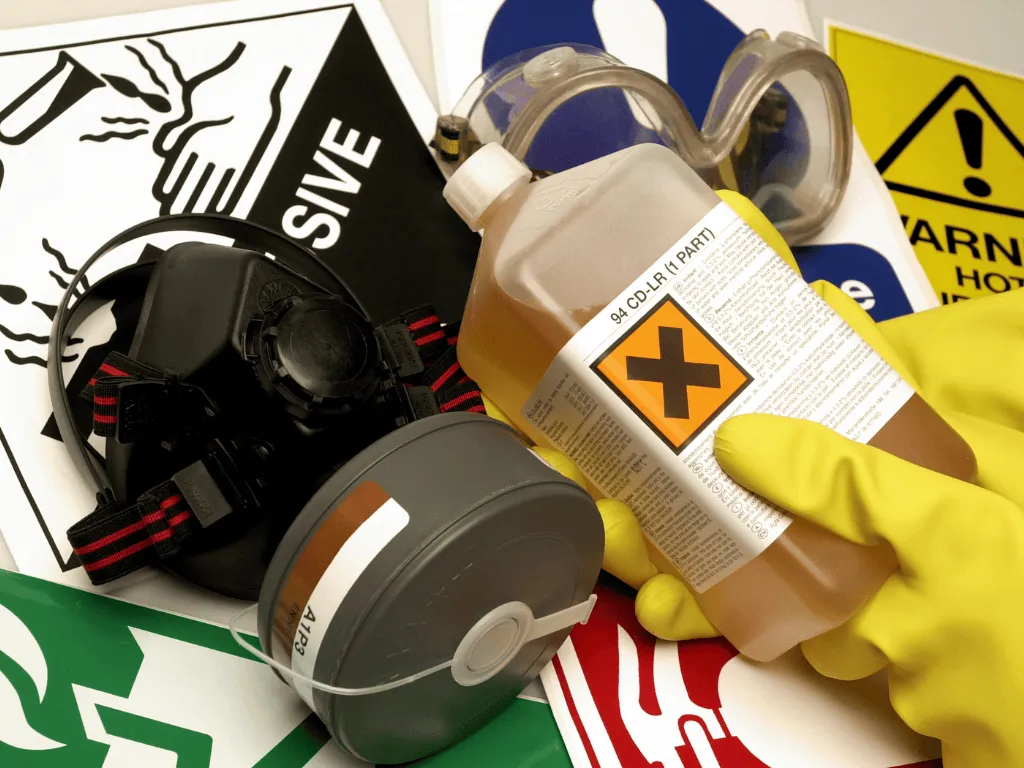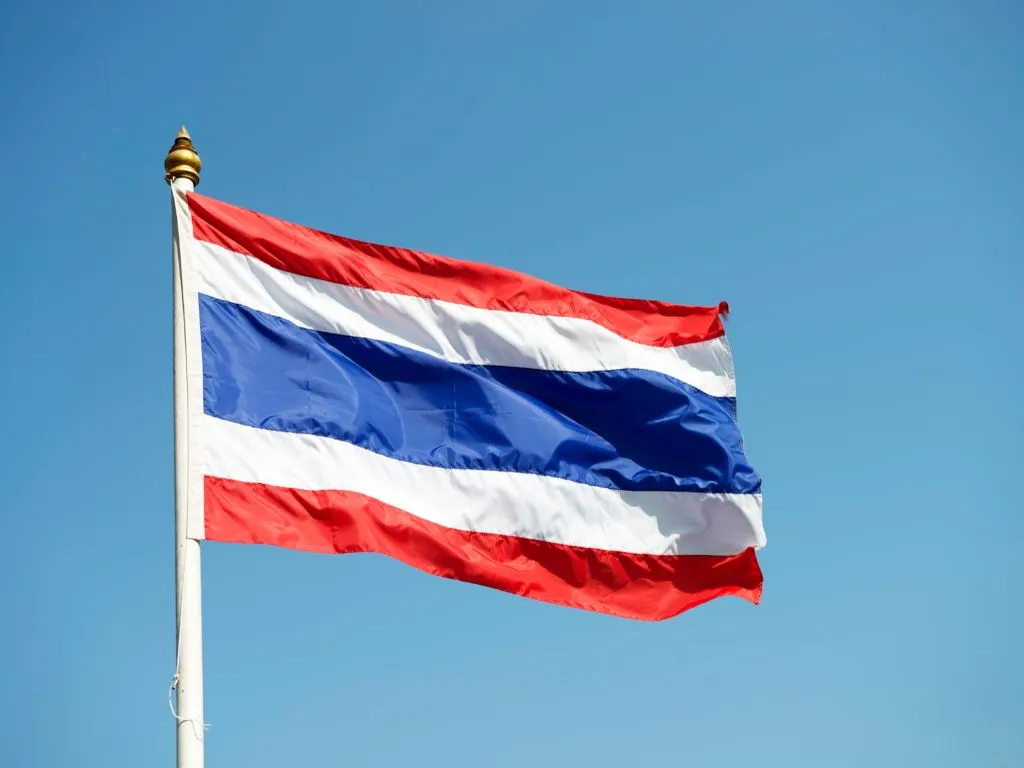- Home
- GPC Thailand
Thailand - Home
Login
Forget Password
News

Thailand Moves to Mandate TIS 332-2567 for Dry-Chemical Portable Fire Extinguishers
Oct-22-2025
On 20 October 2025, Thailand notified the WTO of a draft ministerial regulation requiring all dry-chemical portable fire extinguishers—new and refilled—to conform to Thai Industrial Standard (TIS) 332-2567 (2024).
The draft regulation was submitted by the Thai Industrial Standards Institute (TISI) under the Ministry of Industry. It covers portable extinguishers (ICS 13.200.20) with a total mass not exceeding 25 kg that are suitable for Class A, B, and C fires. According to the WTO notification, the regulation will take effect 180 days after publication in the Government Gazette, with the final adoption date yet to be determined. The deadline for stakeholder comments is 19 November 2025.
Scope and Technical Requirements
Product scope
TIS 332-2567 applies to new portable units and recognizes two configurations: gas-cartridge type and stored-pressure type. Charge size must be ≥ 1 kg and < 14 kg as labeled.
Performance and discharge
Units must meet discharge-duration thresholds per size and achieve prescribed discharge efficiency; fire-rating tests reference ANSI/UL 711 for Classes A/B/C.
Pressure integrity and construction
Cylinders and joints must withstand at least twice the working pressure (not less than 2.4 MPa) without leakage or deformation; additional hydrostatic and durability tests are detailed, including impact-aging, conditioning, and intermittent discharge sequences.
Materials, coating, safety devices
Internal lacquer or equivalent is required to resist corrosion; external coatings must provide suitable anti-corrosion protection. Safety devices and selected component tests incorporate ANSI/UL 299 methods; user manuals follow TIS 405.

Thailand Updates Hazardous Substances List
Aug-22-2025
On 7 July 2025, Thailand's Ministry of Industry published the Notification on Hazardous Substances List (No. 8) B.E. 2568 (2025) in the Royal Gazette. The notification was signed on 5 June 2025 under Section 5 and Section 18 of the Hazardous Substances Act B.E. 2535 (1992), with the approval of the Hazardous Substances Committee. The new list entered into force on 8 July 2025.
Clause 1 – Revocations
The following items in the Hazardous Substances List B.E. 2556 (2013) (dated 28 August 2013) are revoked:
Department of Agriculture (List 1.2)
- Sequence No. 5: Plant extracts used for preventing/eliminating agricultural pests (e.g., neem, galangal, lemongrass).
Food and Drug Administration (List 5.1)
- Sequence No. 13: Citronella oil.
Clause 2 – Revisions
The following entries in the 2013 list are revoked and replaced by updated definitions or specifications.
Department of Agriculture
List 1.1
- Sequence No. 155: Dicofol
List 1.2
- Sequence No. 5 – Active ingredients/microorganisms/products for regulating plant growth (stimulating, inhibiting, or retarding), including flowering, fruiting, color change, rooting, etc.
- Sequence No. 10 – Active ingredients/microorganisms/products for preventing, eliminating, destroying, or controlling insects or animals that are plant pests.
- Sequence No. 11 – Active ingredients/microorganisms/products for preventing, eliminating, destroying, or controlling plant diseases.
- SequenceNo. 12 – Active ingredients/microorganisms/products for preventing, eliminating, destroying, or controlling weeds or undesirable plants.
Food and Drug Administration
List 5.1
- Sequence No. 223: Hydrogen peroxide (CAS 7722-84-1)
List 5.2
- Sequence No. 22: Chlorine and chlorine-releasing substances.
Department of Industrial Works
List 5.1
- Gold (I) cyanide
- Gold sodium cyanide
- Gold potassium cyanide
- Copper (I) cyanide
- Copper (II) cyanide
- Cadmium cyanide
- Zinc cyanide
- Sodium cyanide (except parts under FDA responsibility)
- Potassium cyanide (except parts under FDA responsibility)
- Propionitrile (ethyl cyanide)
Clause 3 – Additions
The following substances are added to List 1.1 (Department of Agriculture):
- Sequence No. 253: Pentachlorobenzene
- Sequence No. 255: Hexachlorobutadiene
Clause 4 – Transitional Provisions
- Type 3 hazardous substances – Operators in business before the effective date must apply for permission within 30 days. If registration is required, it must be submitted within the same period.
- Type 4 hazardous substances – Operators in business before the effective date must comply with competent official orders within 180 days.
Clause 5 – Effective Date
Effective 8 July 2025, the day after publication in the Government Gazette.
List 1.1 Controlled Substances – Department of Agriculture
| Sequence No. | Hazardous Substance Name | CAS No. | Type of Hazardous Substance |
| 194 | Dicofol | 115-32-2 | 4 |
| 687 | Pentachlorobenzene | 608-93-5 | 4 |
| 688 | Hexachlorobutadiene | 87-68-3 | 4 |
List 1.2 Controlled Substances – Department of Agriculture
| Sequence No. | Hazardous Substance Name | CAS No. | Type | Conditions |
| 9 | Active ingredients, microorganisms, or products containing such, prepared for regulating plant growth (stimulating, inhibiting, or retarding), e.g., flowering, fruiting, color change, rooting, etc. | - | 2 | Except for plant parts with natural characteristics processed by drying, chopping, grinding, boiling, or fermenting with water without adding other substances. |
| 10 | Active ingredients, microorganisms, or products containing such, prepared for preventing, eliminating, destroying, repelling, attracting, or controlling insects or animals that are plant pests. | - | 2 | - |
| 11 | Active ingredients, microorganisms, or products containing such, prepared for preventing, eliminating, destroying, or controlling plant diseases. | - | 2 | - |
| 12 | Active ingredients, microorganisms, or products containing such, prepared for preventing, eliminating, destroying, or controlling weeds or undesirable plants. | - | 2 | - |
List 5 Controlled Substances – Food and Drug Administration
| Sequence No. | Hazardous Substance Name | CAS No. | Type | Conditions |
| 223 | Hydrogen peroxide | 7722-84-1 | 3 | In products used in households or public health for bleaching clothes, disinfecting, cleaning floors, walls, sanitary ware, and other materials. |
List 5.1 Controlled Substances – Department of Industrial Works (Type 3)
| Sequence No. | Hazardous Substance Name | CAS No. | Type | Conditions |
| 71 | Gold (I) cyanide | 506-65-0 | 3 | - |
| 72 | Gold sodium cyanide | 15280-09-8 | 3 | - |
| 73 | Gold potassium cyanide | 13967-50-5 | 3 | - |
| 85 | Copper (I) cyanide | 544-92-3 | 3 | - |
| 88 | Copper (II) cyanide | 14763-77-0 | 3 | - |
| 95 | Cadmium cyanide | 542-83-6 | 3 | - |
| 122 | Zinc cyanide | 557-21-1 | 3 | - |
| 147 | Sodium cyanide | 143-33-9 | 3 | Except for the part under FDA responsibility |
| 283 | Potassium cyanide | 151-50-8 | 3 | Except for the part under FDA responsibility |
| 289 | Propionitrile (Ethyl cyanide) | 107-12-0 | 3 | - |
Login
Forget Password
Global Product Compliance (GPC) specializes in Global Regulatory Compliance Solutions across sectors
globally. SSS Europe, a familiar name in chemical regulatory and compliance services now formally belongs
under the umbrella of GPC Holding Sweden.
Since 2008, we have emerged as one of the leading names among Global Regulatory Compliance Service
Providers with Representation services in Europe, Asia and Middle East for respective chemical
regulations.

 Twitter
Twitter
